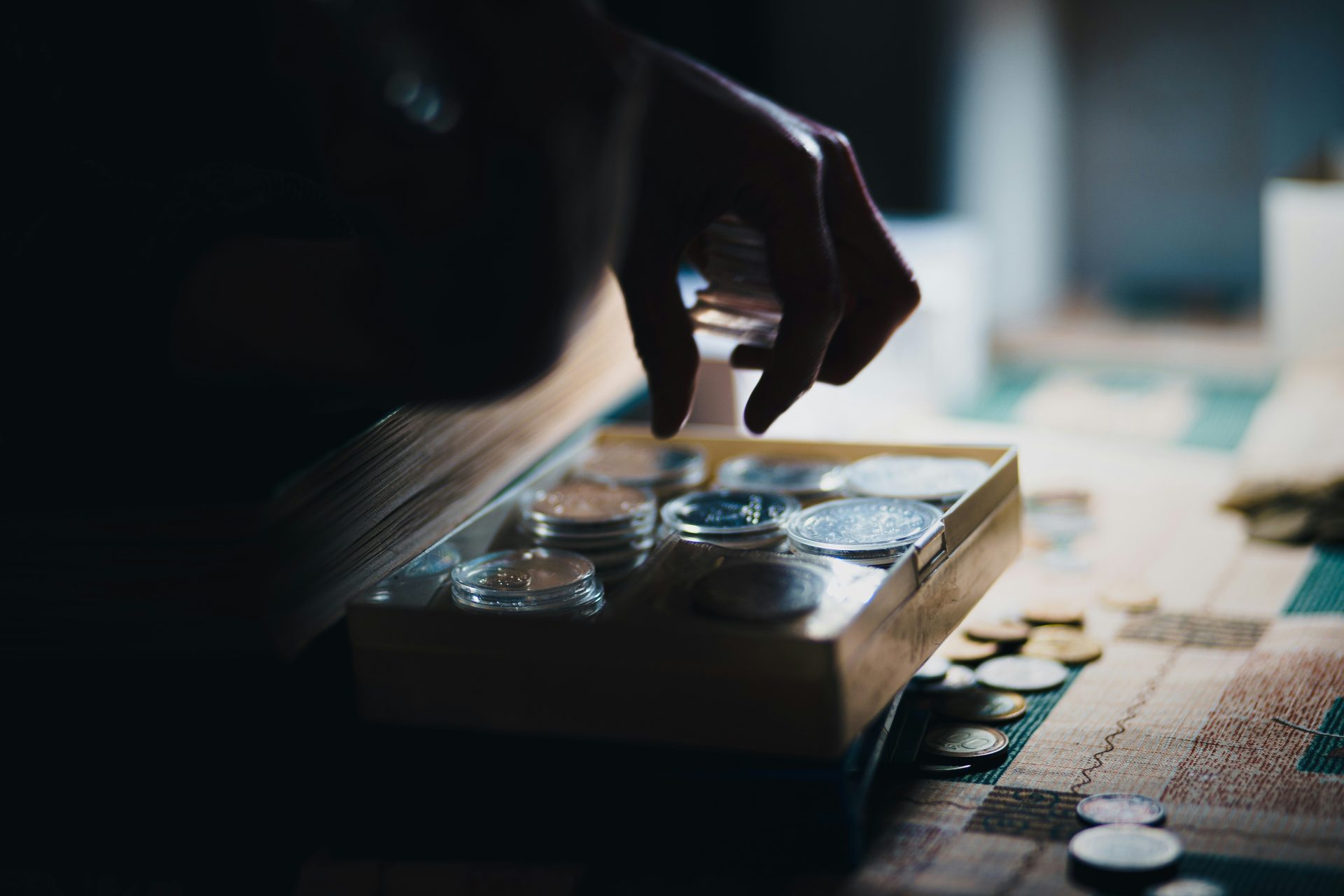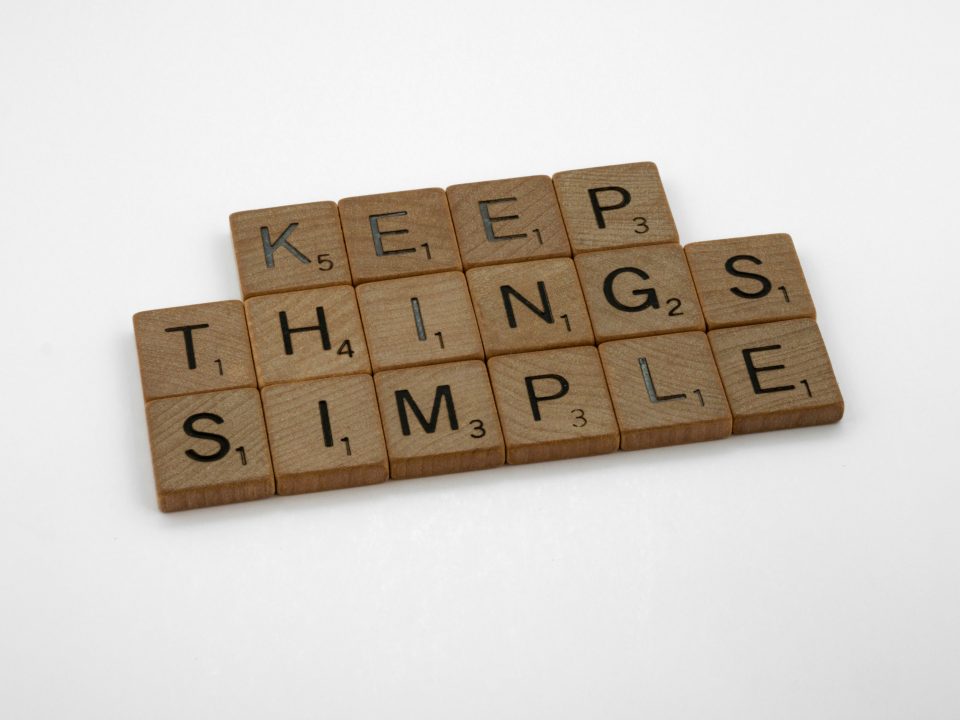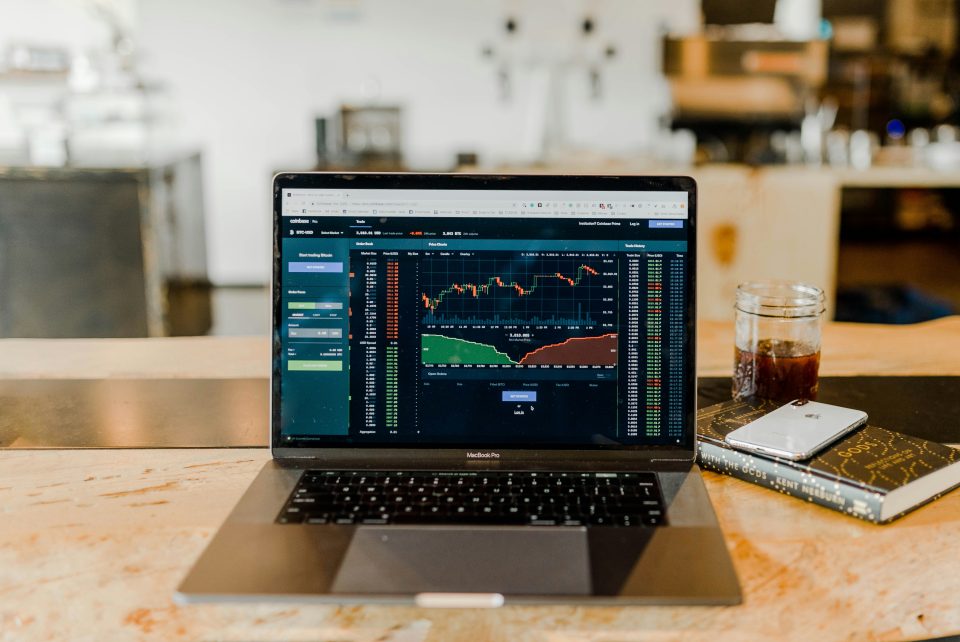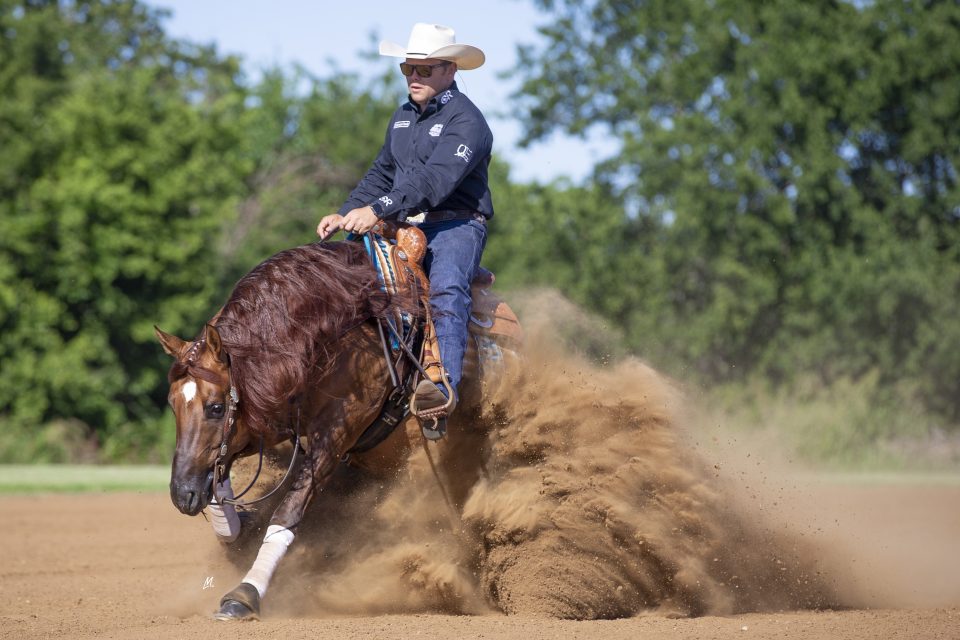It’s important to think outside the saddle to preserve your future.
By Megan Arszman

All it takes is one misstep. One spook. One buck. That’s all it takes to knock you out of commission for a month. Maybe six. Maybe a year. How will you continue to pay the bills and feed the horses when you can’t ride?
Looking farther forward, do you have a nest egg to carry you through retirement, whatever that might look like for you?
These are difficult situations to think about that have made NRHA Professionals such as Casey Hinton and Ryan Rushing realize that being a successful trainer is about more than just riding horses and competing in horse shows.
“I was living and training in Arizona when I had an accident where the horse fell down on me,” Hinton recalls. “It really made me think that if I did get hurt, if I only had one source of income from training, I couldn’t make a living if I got hurt.”
It’s a scary reality that hits many professionals, no matter the discipline. Can you continue to make a living in the horse industry if you have an accident and can’t train? What will you do when you “age out” of your profession? These are topics you must consider—even though their tough to think about.
Part 1: Investing Isn’t a Scary Word
Part 3: Think Outside the Saddle
Part 4: When to Start Investing
Be Your Own Client
Another way to expand on your training program while investing in yourself is to own your own stock. Both Hinton and Rushing encourage younger trainers to purchase and train their own horses, and you see many successful professionals doing so, including Abby Lengle who took home more than $100,000 to invest in her future from the 2022 NRHA Futurity with her own mount, Bringnthaheat.
“When you invest in a horse of your own, you put the sweat equity into it—you’re not out of cash, but you’re putting the time into the horse yourself,” Rushing says.
Owning and training your own horses is an educational investment because you are your own client. You gain perspective of the costs your own clients go through: the cost of purchasing the horse, feed, care, etc.
“You have to care for the horse like you do your clients’ horses,” Hinton says. “If you fail on your own, it costs you personally. You’ll take it a little harder. So, you have the real feeling in what your clients are entrusting you with when they send a horse to you.”
Purchasing a young horse, such as a yearling, and putting a good foundation on the horse can open up opportunities such as selling as a 2- or 3-year old or showing as a futurity horse and selling as a derby horse. The return, if you do it correctly, can be much bigger than you might think.
You’ll see many professionals showing their own horses. While this might be considered a conflict of interest, it’s all about how you approach this investment with your clients. For Rushing, he prefers to breed his own mares or purchasing yearlings, then sell as 2-year-olds or older. If he keeps horses older for competing, he treats his horse as if he is another client.
NRHA’s Leading Exhibitor Andrea Fappani owns horses with his wife, Tish, and they follow the same process: Andrea shows the top three futurity and top three derby horses in his barn. If his horse is one of those, then he’ll show it. If not, Tish may be in the saddle if it’s a proper fit. The same goes for Rushing and Hinton and their wives and family members.
“Long term, as professionals, we need to show whatever horse is going to be the most successful,” Rushing says.
When it comes to selling his horses, Rushing does not sell to his clients.
“I’ve actually talked my customers out of buying a horse I had because I didn’t think it was the right fit,” he says. “I think, as a trainer, I’m trying to focus on the long-term good of my customers, and not the short-term financial gain I might experience selling that horse. If you keep that in mind, your customers see that.”
If you can make connections for partnerships on horses, it can be a great way to invest in higher-quality prospects, while also potentially introducing new owners to the sport of reining. Whether it’s a partnership to purchase and campaign a stallion or a partnership to purchase land for a facility, it can be very beneficial for you, the professional, as long as you take the time to put together a contract to protect both yourself and your partners/clients.
“I have some guys from college that I’ve known for years, and while none of them ride, they all have good jobs and they enjoy in investing in horses,” Rushing shares. “We make it fun for them, and it allows me to purchase a higher-quality horse than I would be able to on my own.”
Read the rest of this article at the links above.



